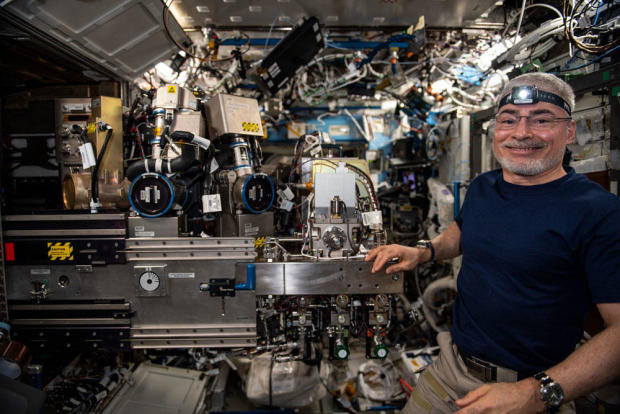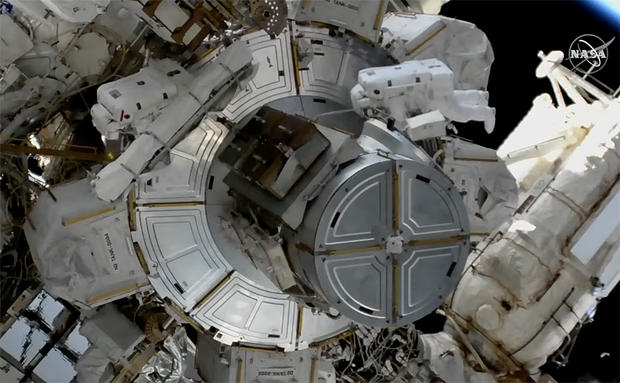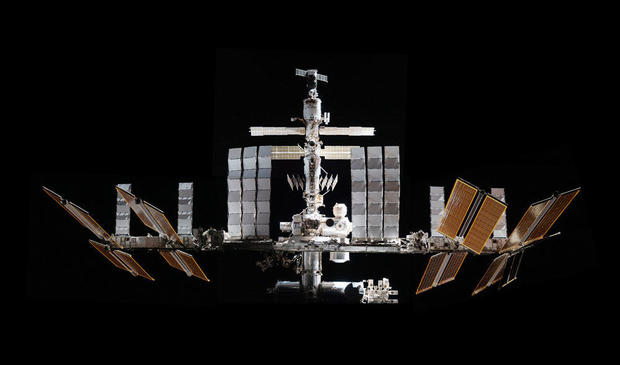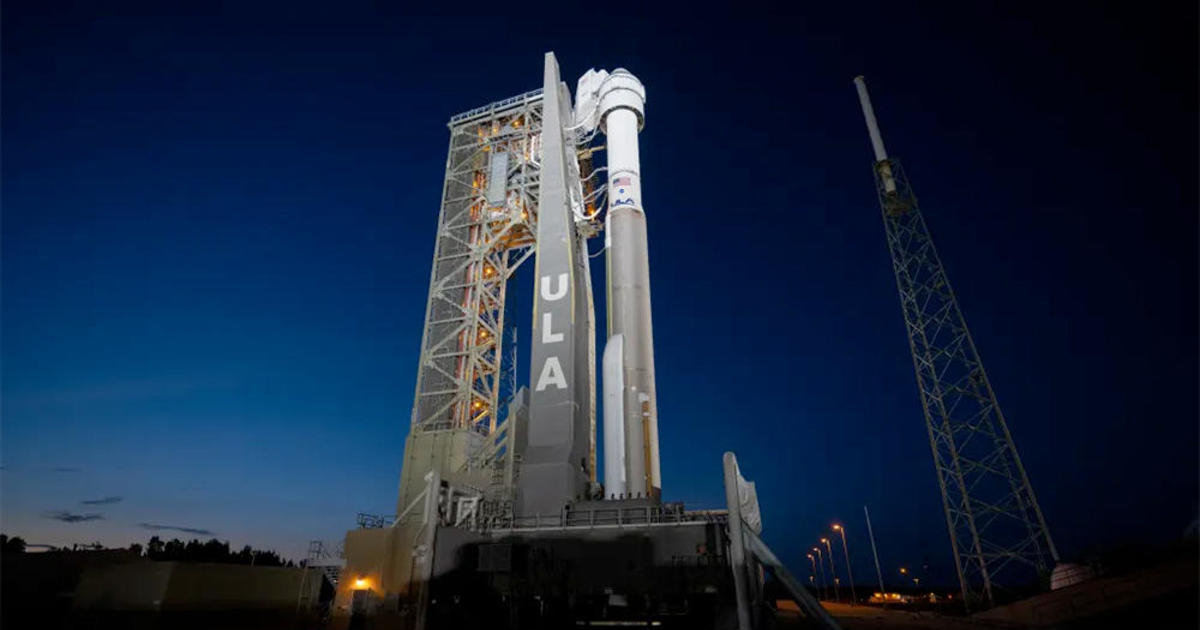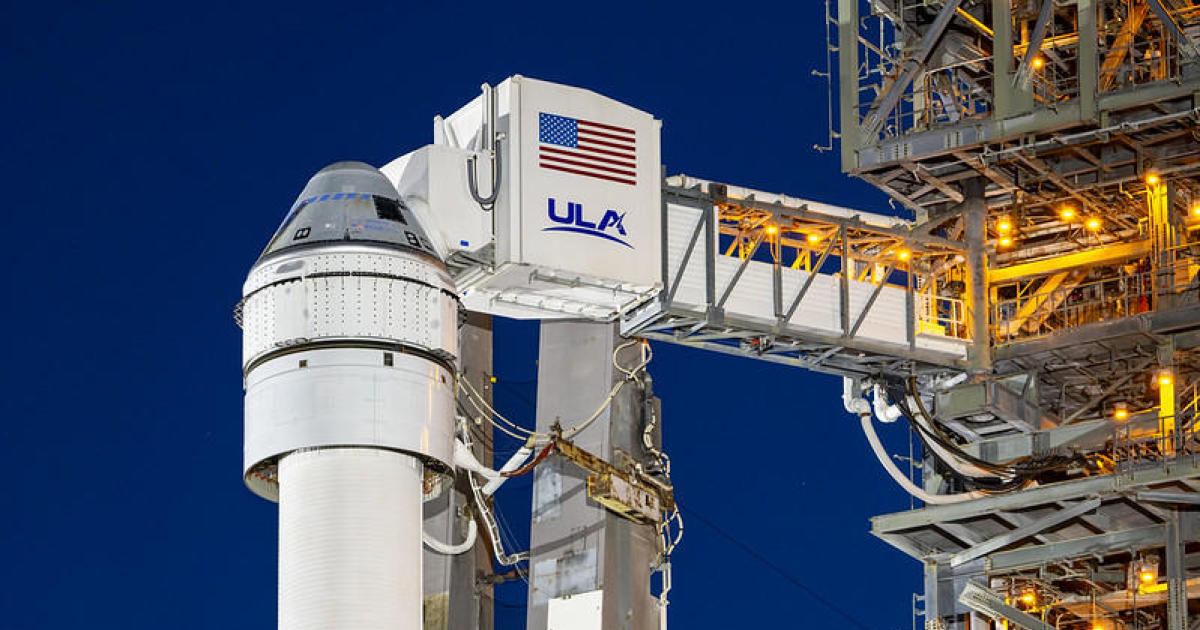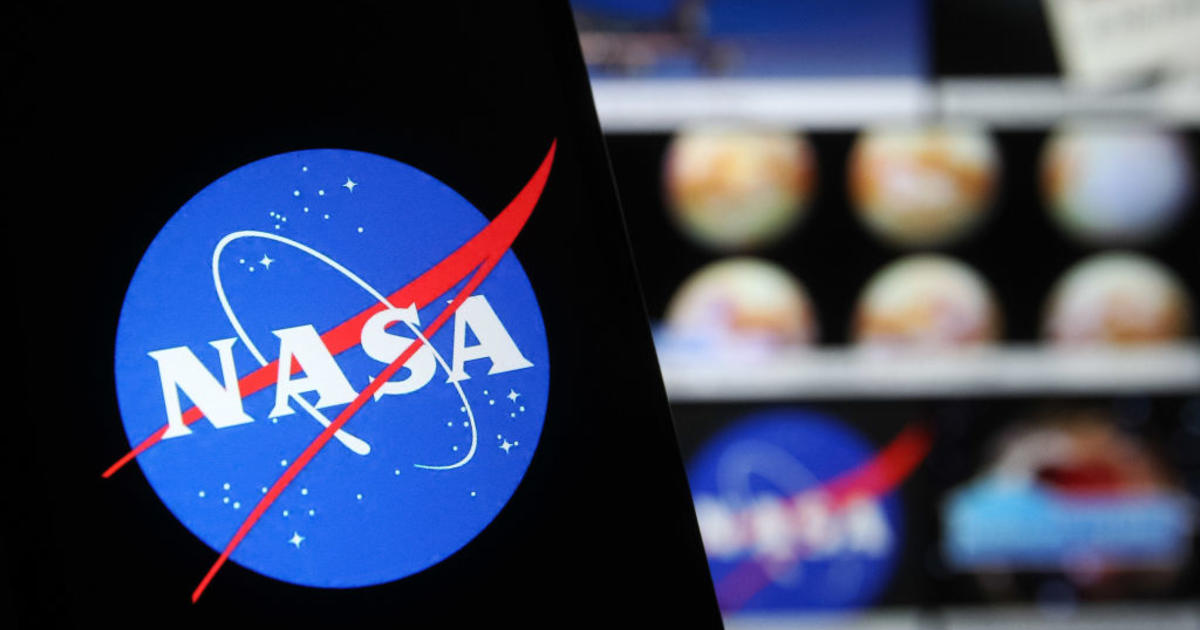NASA astronaut sets new single-flight duration record
Two NASA astronauts ventured outside the International Space Station Tuesday and pressed ahead with ongoing work to upgrade the lab's aging solar power system. Looking on from inside the outpost was Mark Vande Hei, working through his 341st day in space on the way to setting a new single-flight record for a U.S. astronaut.
Retired astronaut Scott Kelly logged 340 days eight hours and 42 minutes in orbit during a nearly year-long station stay in 2015-16, easily setting a record for the longest single flight by a NASA astronaut.
Moving past Kelly's mark Tuesday, Vande Hei, veteran of an earlier 168-day mission, is expected to log a total off 355 days off planet by the time he returns to Earth aboard a Russian Soyuz spacecraft on March 30.
"Mark Vande Hei now holds the record for longest continuous American spaceflight," astronaut Kayla Barron said after a successful six-hour 54-minute spacewalk Tuesday. "It's a team effort ... to have Mark up here for that year. I congratulate him and the rest of the team for an awesome day."
In a recent interview with CBS News, Kelly said "I think it's great. What's the saying, records are made to be broken? And that means we're doing things better than we did it before. So yeah, congratulations to him."
As for the conflict in Ukraine and tense relations between the United States and Russia, NASA managers say both sides continue working together to operate the International Space Station and that Vande Hei will come home as originally planned along with two Russian cosmonauts.
"I can tell you for sure Mark is coming home on that Soyuz," Joel Montalbano, space station program manager, told reporters Monday. "We are in communication with our Russian colleagues, there's no fuzz on that. The three crew members are coming home."
Aboard the space station Tuesday, Barron and Raja Chari switched their spacesuits to battery power at 8:12 a.m. ET to officially kick off the second of up to 16 spacewalks, or EVAs, planned this year. Six will be carried out by NASA astronauts working on the power upgrade and 10 by cosmonauts outfitting new Russian lab and docking modules.
The goal of Tuesday's excursion was to install support brackets at the base of a right-side solar wing so new ISS roll-out solar array blankets — IROSAs — can be attached later this year to feed more power into the space station's electrical system.
The space station was originally equipped with four solar array wings, two on each side of a long truss stretching the length of a football field. Each wing is made up of two 39-foot-wide blankets extending 112 feet in opposite directions. The oldest wing was launched in December 2000 and the newest in 2009.
The arrays feed power into eight electrical circuits, two per wing. When the station is in daylight, the arrays charge batteries and deliver power to the lab's myriad systems. During night passes, the batteries feed stored power to the station.
Solar cells degrade over time and NASA is adding six new blankets in a $103 million upgrade. Each of the new IROSA blankets measure 20 feet wide by 63 feet long when fully extended at an angle to the underlying wing.
The first two IROSA blankets were installed on the left outboard solar wing to augment power channels 2B and 4B during spacewalks last June. Brackets to support IROSA blankets on the left inboard channel 4A array were installed during a September EVA.
Tuesday's spacewalk was devoted to installing support brackets on the right-side inboard solar wing at the base of the power channel 3A wing. The work went smoothly, clearing the way for attachment of the new solar blankets late this year.
If all goes well, the final IROSA blankets will be installed next year on the right side of the power truss to complete the upgrade.
"Over the course of the next year or year and a half or so we will install all of the different arrays," said Dina Contella, space station operations integration manager at the Johnson Space Center.
"These new arrays overlay that legacy arrays and all told, after we upgrade six of eight channels, we will have increased the power generation from 160 kilowatts to 215 kilowatts."
